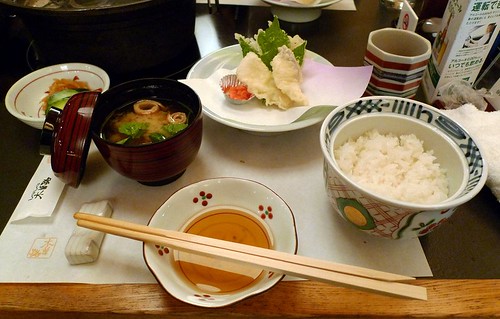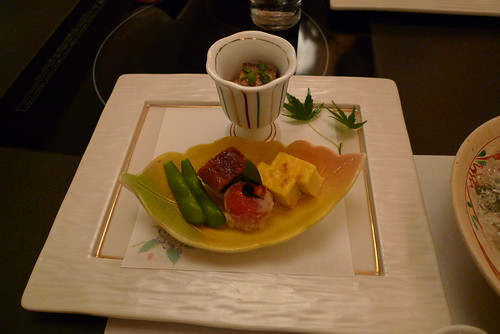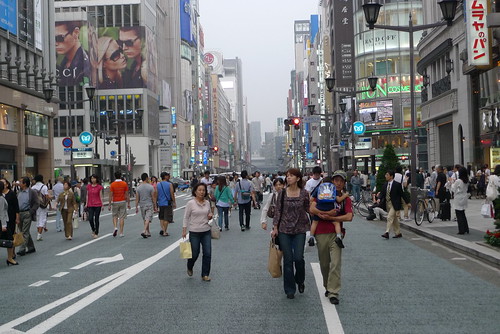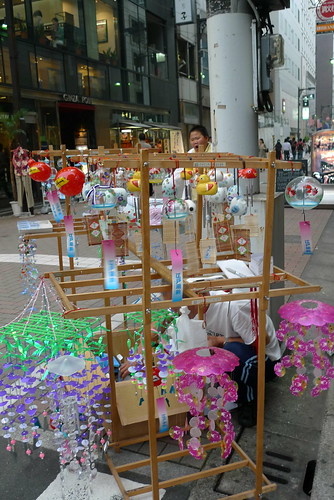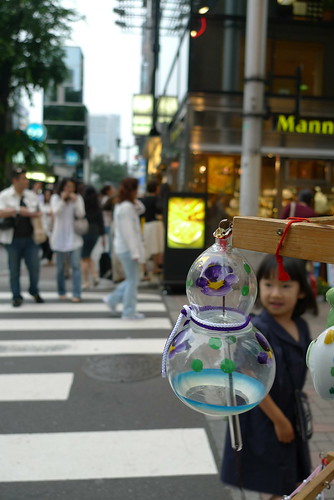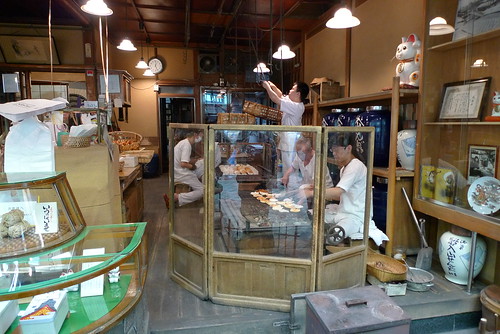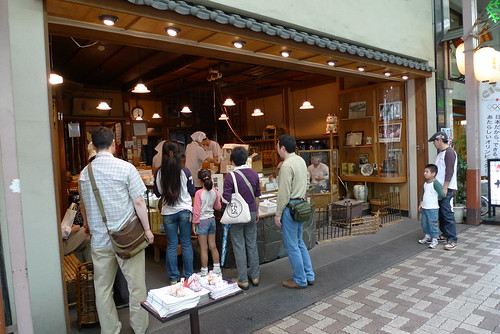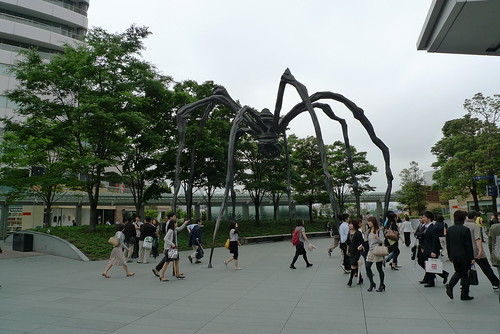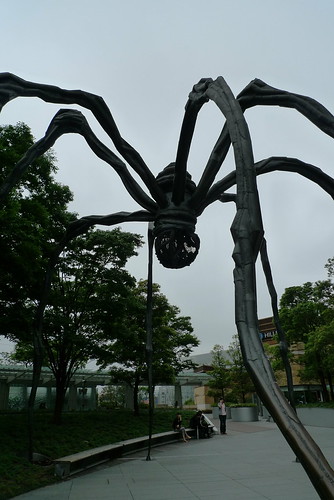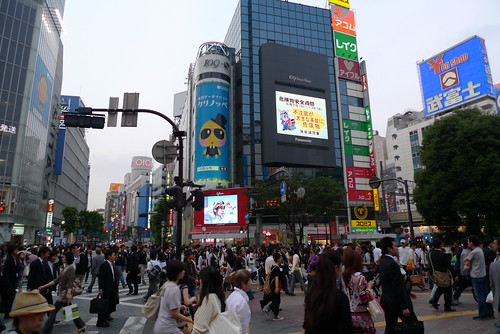
Shibuya is one of the three Tokyo sub cities (the other two are Shinjuku and Harajuku) that represent the main Japanese business districts. It is the city of young people that with harajuku are the source of Asia’s trendiest fashions for Asia.

Shibuya Station opened on 1885, and with 2.7 million passengers on an average weekday is the third-busiest commuter rail station in Japan after Shinjuku, and Ikebukuro.

The famous pedestrian scramble crossing at Hachiko exit, served as location for movies “lost in translation” and the “fast and the furious: Tokyo drift”, the starbucks in the crossing is one of the busiest in the world.
Spanish
